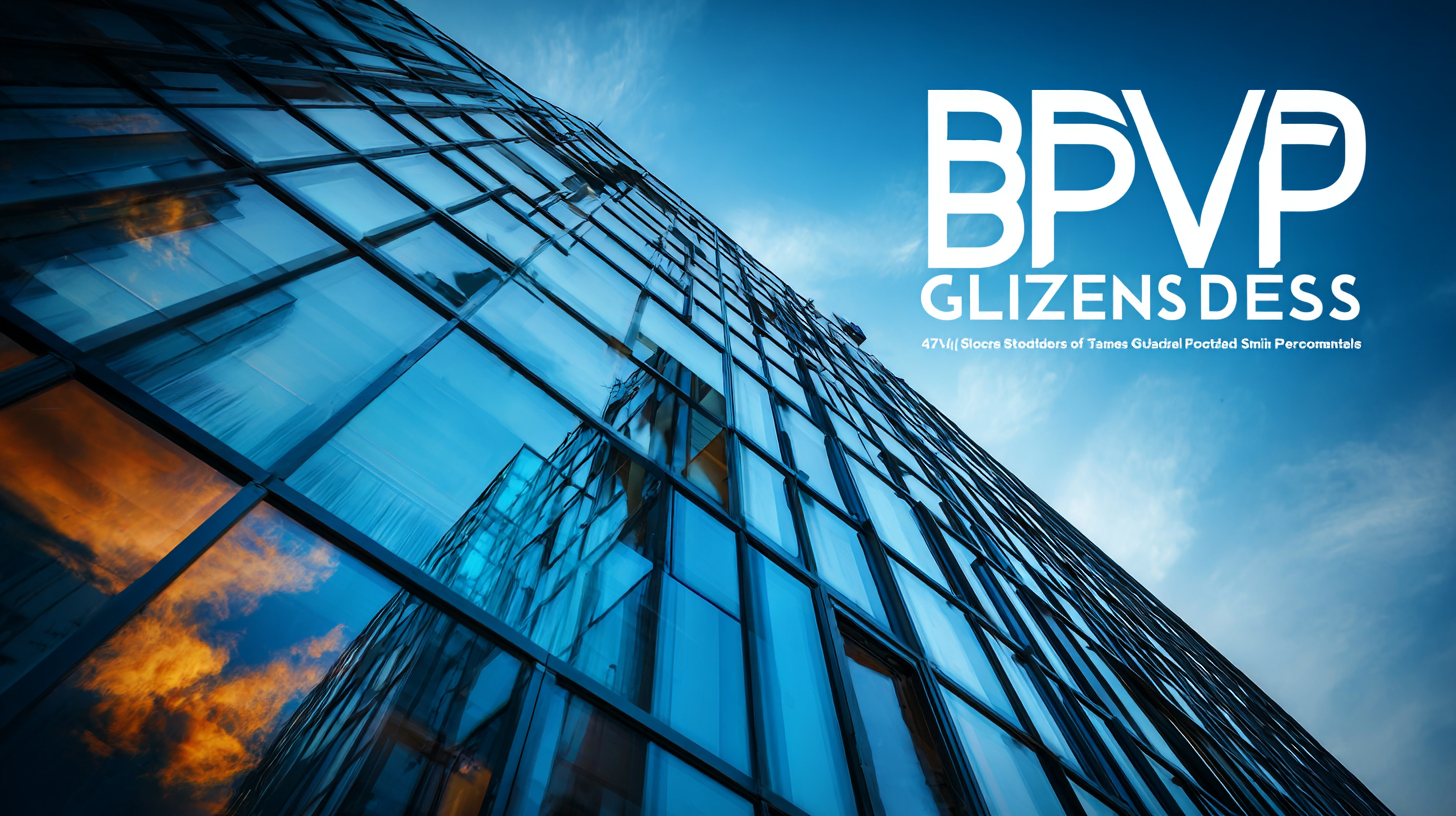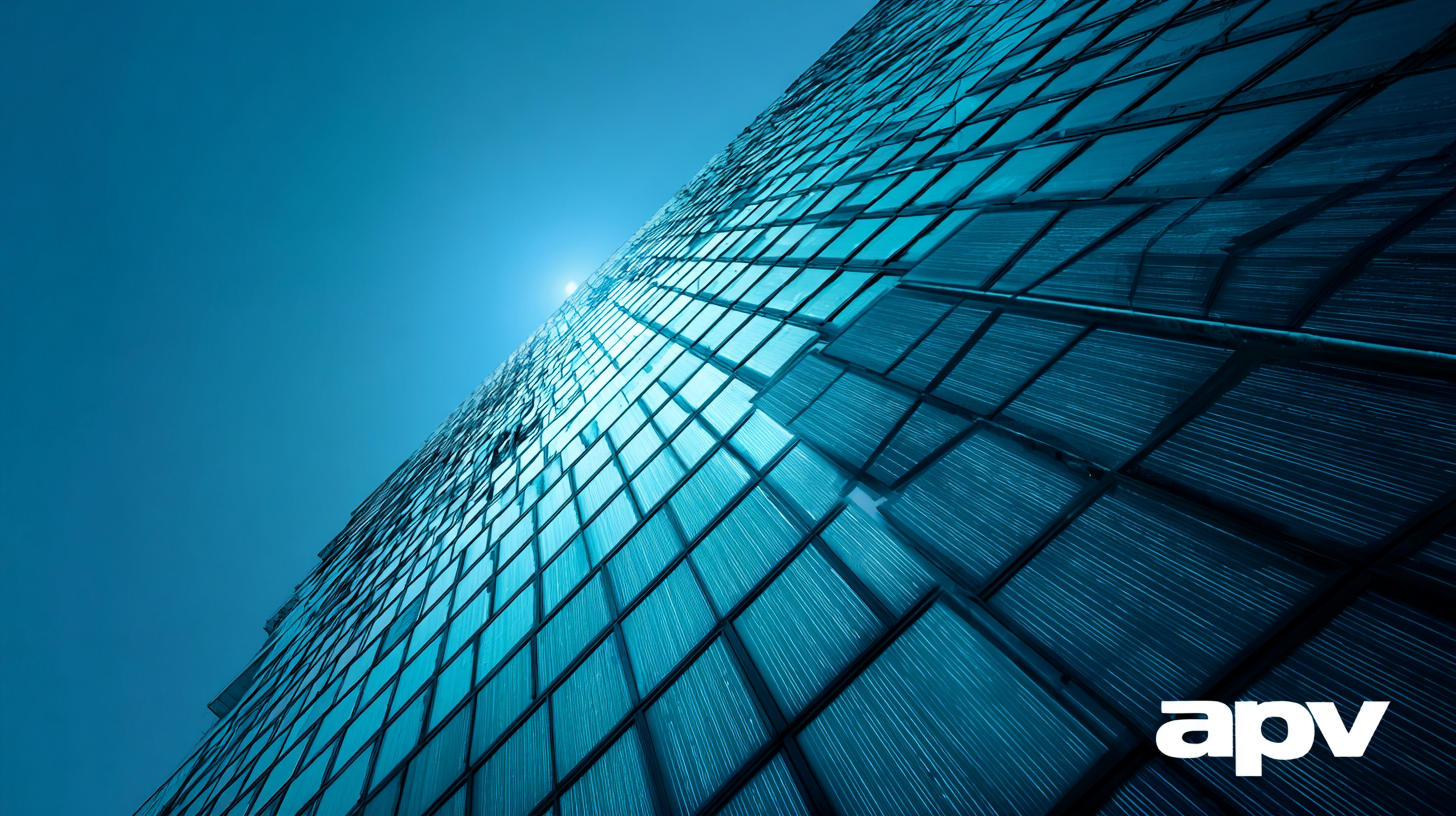
In recent years, the integration of Building-Integrated Photovoltaics (BIPV) has become a transformative trend in sustainable architecture, particularly with BIPV solar facade glass leading the charge. According to the latest report from the International Renewable Energy Agency (IRENA), the BIPV market is projected to grow at an impressive compound annual growth rate (CAGR) of 25% from 2021 to 2025, driven by increasing awareness of energy efficiency and an emphasis on reducing carbon footprints. Selecting the right BIPV solar facade glass is crucial for optimizing energy performance and achieving long-term sustainability goals. As we delve into the nuances of industry standards and innovative technologies, this blog aims to guide stakeholders in making informed decisions that not only enhance building aesthetics but also contribute to energy savings and environmental protection.

As the building-integrated photovoltaics (BIPV) sector continues to evolve, the market for BIPV solar facade glass is projected to witness substantial growth by 2025. Several trends indicate an increasing demand for aesthetically pleasing yet highly efficient energy solutions as urban environments prioritize sustainability. Architects and builders are increasingly integrating BIPV technology into their designs, driven by the dual need for visual appeal and energy efficiency. This shift towards incorporating renewable energy sources in facades is expected to significantly boost market potential. Additionally, advancements in materials science, specifically in glass production methods, will play a crucial role in the enhancement of BIPV solar facade glass performance. Innovations in transparency, durability, and energy yield are paving the way for more effective solar solutions. As regulatory frameworks tighten around energy efficiency and carbon emissions, stakeholders in the construction industry must adapt to these changes by selecting the best BIPV products. Understanding these market dynamics will be essential for optimizing investment decisions and staying ahead in an increasingly competitive landscape.
When selecting the best Building-Integrated Photovoltaics (BIPV) solar facade glass, understanding key industry standards is paramount. These standards ensure that the glass not only performs efficiently but also meets safety, aesthetic, and durability requirements. Key specifications such as the IEC 61215 and IEC 61730 certifications are crucial; they evaluate the performance and safety of photovoltaic modules, ensuring longevity and resilience against environmental stressors.
In addition to performance standards, it’s essential to consider that align with architectural needs. BIPV products need to seamlessly integrate with the building's design while maintaining energy efficiency. Standards such as ASTM E283 and ASTM E330 address air leakage and structural performance, respectively, ensuring the facade stands firm against environmental pressures.
By carefully evaluating these standards, architects and builders can make informed decisions that enhance both the functionality and visual appeal of their projects, paving the way for a sustainable future in building design.
When selecting Building-Integrated Photovoltaics (BIPV) solar facade glass for your project, several key factors must be considered to ensure optimal performance. Firstly, assessing the glass's energy conversion efficiency is crucial. This involves understanding the photovoltaic technology used, whether it's monocrystalline, polycrystalline, or thin-film. Each type has its own efficiency levels and performance characteristics that can significantly influence energy generation in varying sunlight conditions.

In addition to efficiency, durability and aesthetic appeal are also important. The facade glass should not only withstand environmental stressors like wind, hail, and temperature fluctuations but also complement the architectural design of the building. Look for products that meet rigorous industry standards for weather resistance and lifespan. Furthermore, consider the transparency and color options of the glass, which can impact both the building’s visual appeal and the indoor light quality. By prioritizing these factors, you can select BIPV solar facade glass that enhances both sustainability and architectural integrity.
The integration of technology in Building-Integrated Photovoltaics (BIPV) has significantly transformed the efficiency and functionality of solar facade glass. Recent reports from the International Renewable Energy Agency (IRENA) suggest that advancements in photovoltaic materials, such as the use of perovskite cells, could increase energy conversion efficiencies from the current average of 15-20% to as much as 25-30% in the coming years. These innovations not only enhance energy production but also allow for a wider range of aesthetic options for architects and builders.
Moreover, smart technology plays a critical role in optimizing the performance of BIPV systems. According to a study published by the Solar Energy Research Institute, systems equipped with real-time monitoring and adaptive control can improve overall energy yield by up to 15%. This is achieved by adjusting the angle of solar panels or mitigating shading effects dynamically. By incorporating such intelligent features, BIPV solar facade glass not only fulfills its purpose of generating renewable energy but also contributes to the building's overall energy efficiency and sustainability goals.
| Parameter | Value | Unit | Importance |
|---|---|---|---|
| Efficiency | 22% | - | High |
| Transmittance | 75% | - | Medium |
| Thermal Conductivity | 1.2 | W/mK | High |
| UV Protection | 99% | - | High |
| Impact Resistance | Hail resistant up to | 25mm | Medium |
| Lifespan | 25 years | - | High |
The integration of Building-Integrated Photovoltaic (BIPV) solar façade glass has transformed modern architecture, demonstrating exceptional potential in the sustainable design sector. Notable case studies, such as the Bosco Verticale in Milan, illustrate the efficacy of BIPV technology. This project achieved a remarkable balance between aesthetics and energy efficiency, generating approximately 60,000 kWh annually, enough to power 15 average households. According to the International Renewable Energy Agency (IRENA), BIPV systems can reduce energy costs by up to 40% and significantly contribute to urban energy needs, making them an attractive option for architects and developers.

Another exemplary application is the Allgäu Airport in Germany, where the façade features BIPV glass that not only enhances the building's modern appearance but also meets around 25% of its total energy requirements. Reports indicate that the efficiency of BIPV systems can exceed 15%, comparable to some standard solar panels, while offering superior integration capabilities with the building structure. As more industry leaders adopt BIPV technology, the case studies highlight its role in driving sustainability in architecture while achieving optimal performance and reducing carbon footprints.